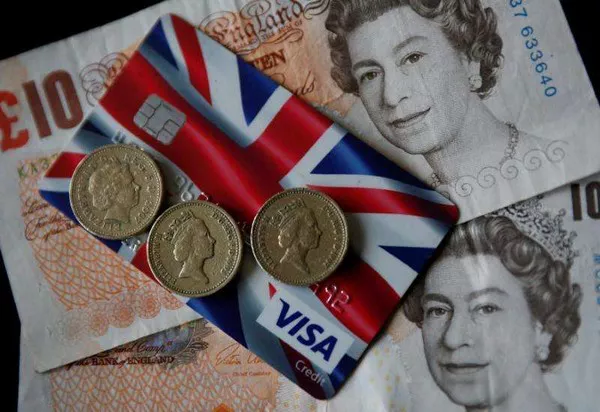The foreign exchange market plays a crucial role in global trade and finance, allowing currencies to be exchanged and valued against one another. Among these currencies, the U.S. dollar and the British pound sterling hold significant importance due to their economic influence and prominence. This article aims to provide a comprehensive analysis of the current value of the dollar in pounds, highlighting key factors that contribute to currency fluctuations and examining the implications for individuals and businesses.
1. The Basics of Currency Exchange:
Currency exchange rates are determined by various factors, including supply and demand dynamics, interest rates, inflation, political stability, and economic performance. These factors influence the relative value of currencies in the foreign exchange market. When discussing the value of the dollar in pounds, it is essential to consider the prevailing exchange rate.
2. Historical Exchange Rate Trends:
To understand the present value of the dollar in pounds, it is helpful to examine historical trends. Over time, the exchange rate between the dollar and the pound has experienced fluctuations influenced by economic events such as recessions, geopolitical developments, and monetary policy decisions. By analyzing past exchange rate movements, economists can identify patterns and make informed predictions about future trends.
3. Current Market Conditions:
As of our knowledge cutoff date in September 2021, the exchange rate between the U.S. dollar and the British pound was approximately 1 GBP = 1.38 USD. However, it is important to note that exchange rates fluctuate continuously due to market forces and macroeconomic factors. Therefore, it is advisable to consult real-time financial platforms or reliable sources to obtain the most up-to-date exchange rate.
4. Factors Influencing the Dollar-Pound Exchange Rate:
Several factors influence the value of the dollar in pounds, including:
Economic Indicators:
Economic indicators such as GDP growth, employment rates, inflation, and interest rates can significantly impact currency values. For example, if the U.S. economy exhibits strong growth and low inflation compared to the UK, it may lead to a stronger dollar relative to the pound.
Central Bank Policies:
Monetary policies implemented by central banks, such as the U.S. Federal Reserve and the Bank of England, have a direct influence on exchange rates. Decisions regarding interest rates, quantitative easing, and other monetary tools can affect currency valuations.
Political Developments:
Political stability and geopolitical events can also impact currency exchange rates. Factors like elections, government policies, trade agreements, and international conflicts can create uncertainty and volatility in the foreign exchange market.
Investor Sentiment and Risk Appetite:
Investor sentiment plays a crucial role in determining how currencies are valued. Confidence in a country’s economic prospects and investment opportunities can attract or repel foreign capital, thus influencing exchange rates.
5. Implications for Individuals and Businesses:
Fluctuations in the value of the dollar against the pound can have significant implications for individuals and businesses engaged in cross-border transactions, investments, and travel. A stronger dollar may make imports cheaper but could reduce the competitiveness of exports. Conversely, a weaker dollar may benefit exporters but increase the cost of imported goods.
6. Hedging Strategies:
In an increasingly interconnected global economy, individuals and businesses can employ hedging strategies to mitigate the risks associated with currency fluctuations. These strategies may include forward contracts, options, or other financial derivatives that allow participants to lock in future exchange rates.
Conclusion:
Understanding the value of the dollar in pounds requires a careful analysis of various economic, political, and market factors. Exchange rates between the two currencies fluctuate continuously, influenced by complex dynamics. Staying updated on current market conditions and seeking expert guidance can help individuals and businesses make informed decisions when dealing with dollar-pounds exchange rates.


